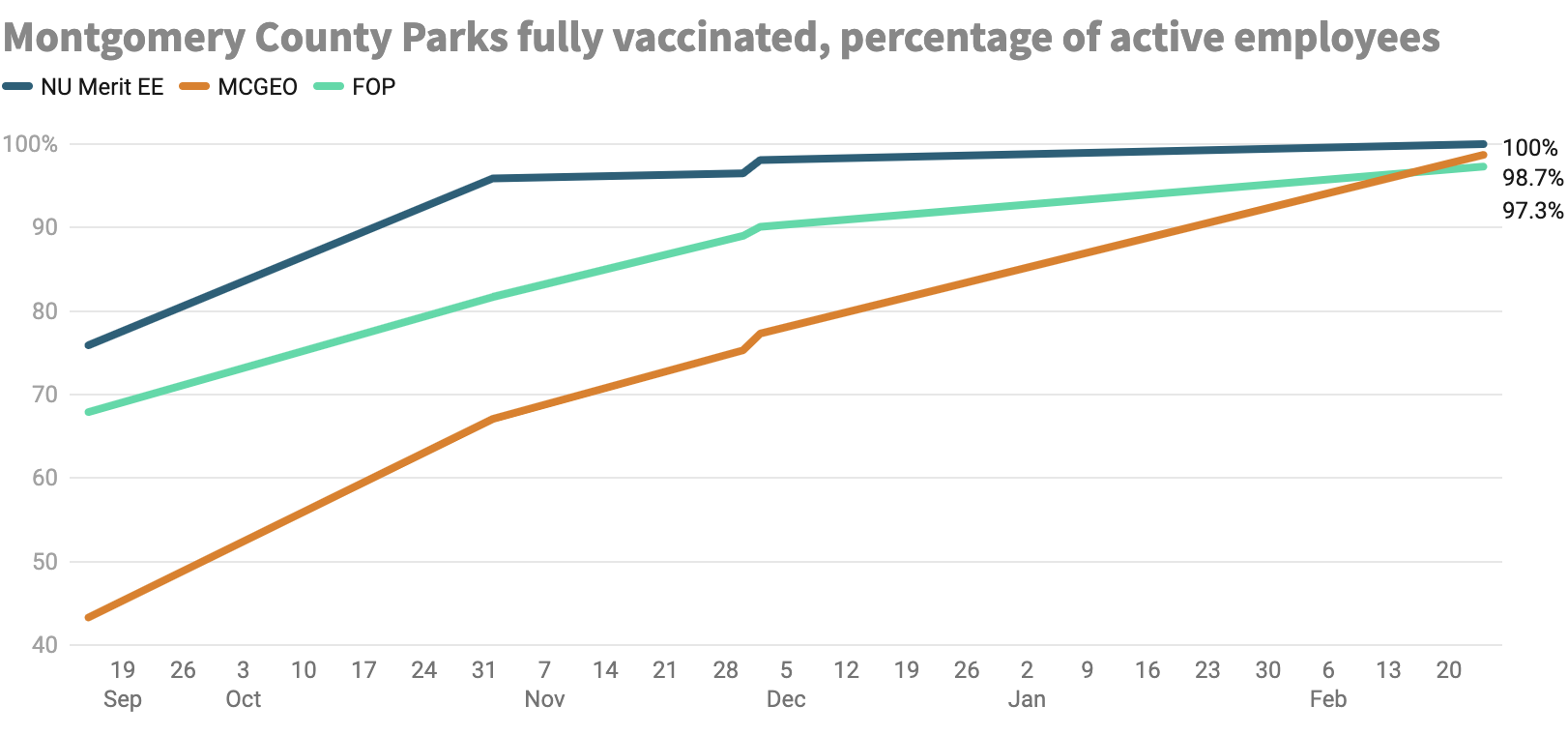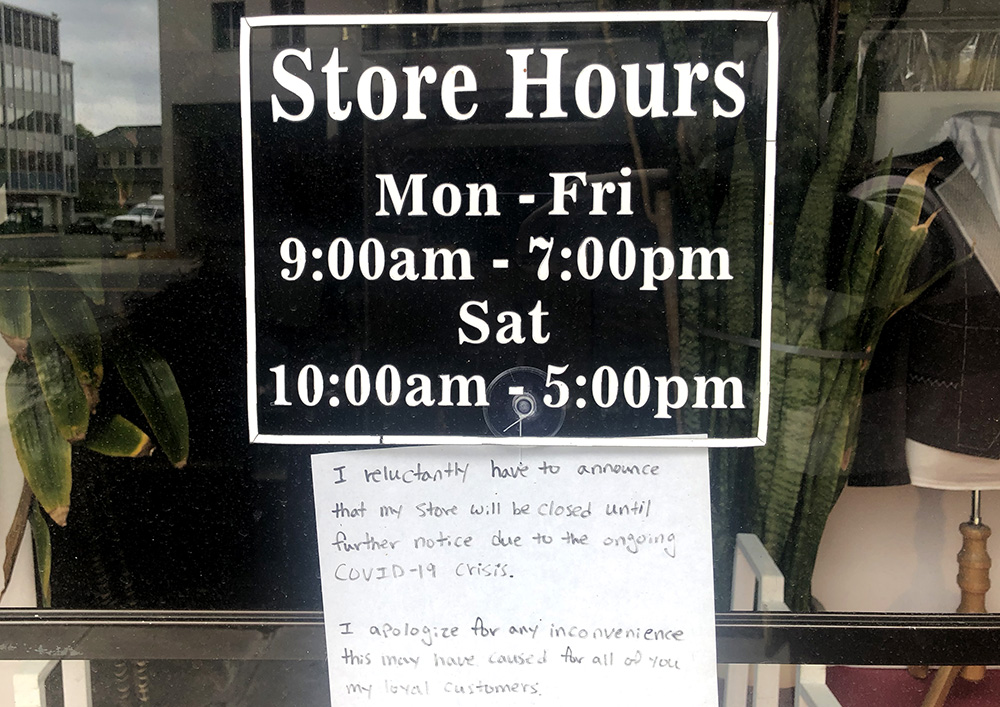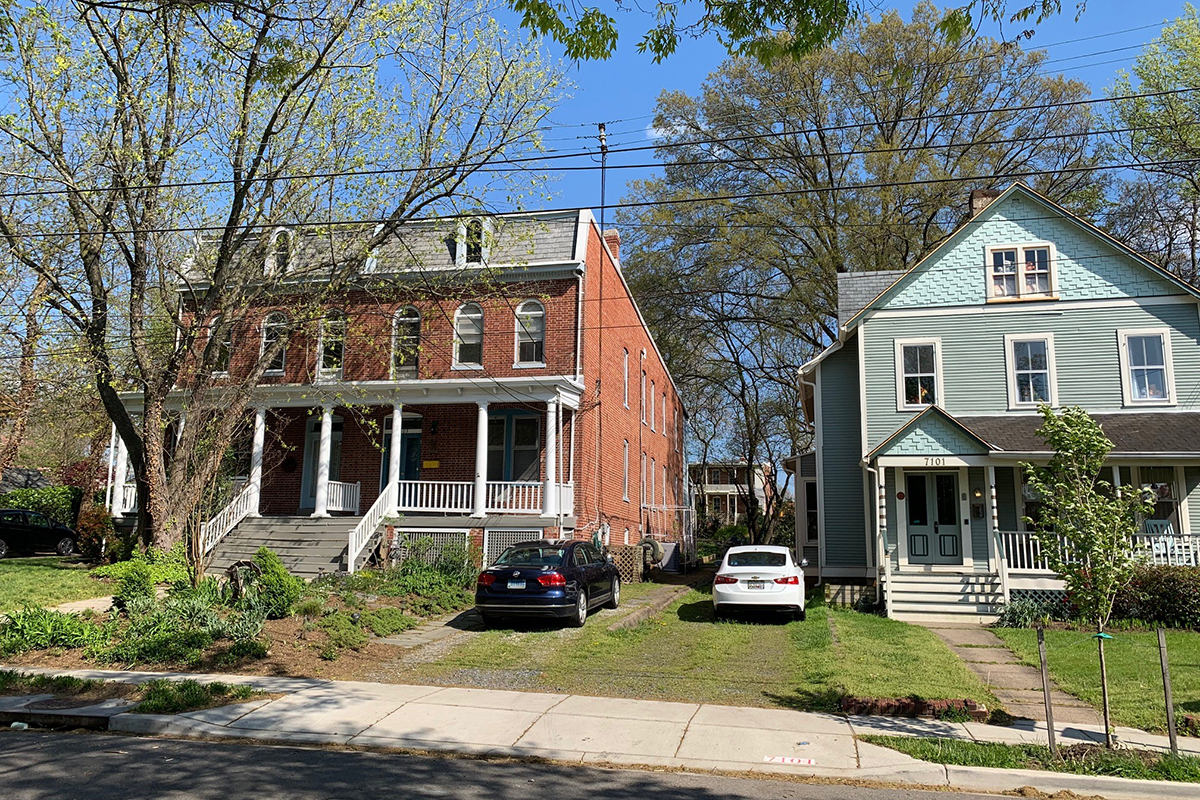
By Casey Anderson, Chair, M-NCPPC and Montgomery Planning Board
When COVID-19 vaccines were certified as safe and effective last fall, employers faced a question with no obvious answer: Would requiring workers to get vaccinated spike turnover at a time when finding and keeping employees is already a struggle? The Maryland National-Capital Park and Planning Commission’s vaccine mandate shows requiring vaccinations helps keep everyone safe without a wave of retirements and resignations.
The Commission adopted a policy on December 1, 2021, requiring all staff to present proof of vaccination or qualify for a medical or religious exemption. About 80% of our 2,156 full-time employees in Prince George’s and Montgomery Counties were already fully vaccinated (defined at the time by … Continue reading



